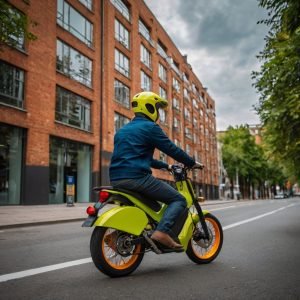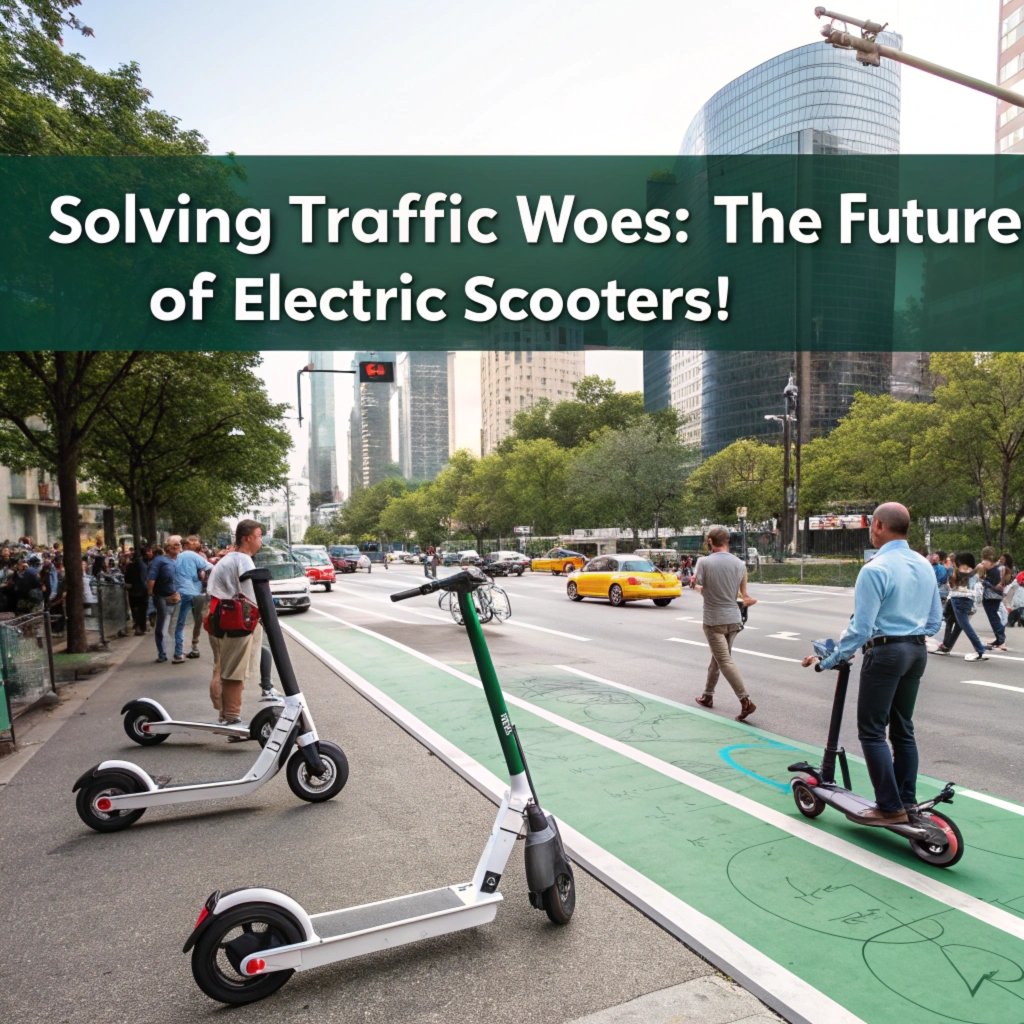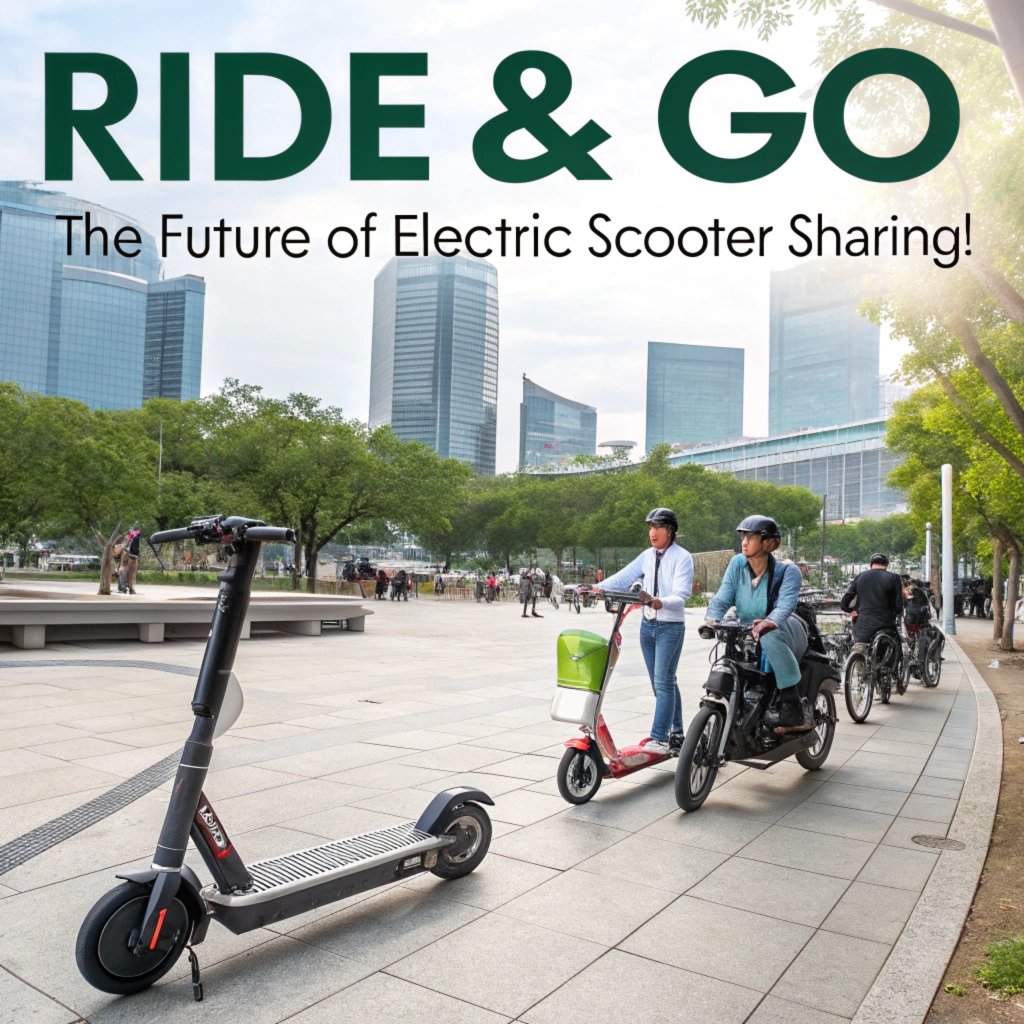As a two-wheeled electric bike enthusiast, I’ve learned that Electric Rider Safety is not just a consideration – it’s an imperative.
With the rise of e-bikes and scooters, more people are hitting the roads than ever before. But as exciting as these new modes of transportation can be, they also come with unique risks.
From navigating steep hills to avoiding accidents caused by distracted drivers, there are countless hazards out there that could put you on a collision course.
That’s why I’ve put together this essential guide – to give you the tools and knowledge needed to ride safely around obstacles.
Mastering Balance and Control Techniques for Smooth Ride
First off, let go of any preconceived notions about balance – you don’t have to be a professional athlete or expert rider to master these skills. By paying attention to the subtle cues your body receives from the road ahead, you can start learning quickly.
You see when riding an electric bike it’s essential that you know how weight distribution works on your bike. As such by adjusting the saddle and pedals in accordance with body type you’ll be better at anticipating movements while balancing and steering. This will allow for a smoother ride all around.
When turning, keep your eyes focused forward; steer smoothly but firmly to avoid sudden jerks or yanks that might throw you off balance. Make sure to take into account the bike’s top speed as well as road conditions when doing so. Keep your weight centered and distribute it evenly on both wheels for maximum control during a turn.
And then there are things like shifting your body position slightly, leaning from one foot to another or even just simply using body weight shifts while steering can also help master balance techniques more easily.
Essential Gear Upgrades for Enhanced Braking Performance
Boost your stopping power and take control of your ride with these essential rules & tricks.
When it comes to braking performance, there’s no room for compromise. A well-maintained bike is only as good as its weakest link, and when it comes down to the nitty-gritty of brake pads, you need components that amplify your existing capabilities without breaking the bank or sacrificing handling.
*Brake Pads: The Heart of Your Stopping Power
Two-wheeled electric riders deserve better brakes than those found on traditional motorcycle models. Brake pads designed specifically for two-wheel electric bikes have a more aggressive compound that provides better grip on hot surfaces and in wet conditions, ensuring you can stop with confidence. A common mistake is installing brake pads from the wrong brand or type, which may compromise performance.
*What makes ‘aggressive’ compound beneficial?
- Better heat dissipation reduces wear and tear on your rotors.
- Reduced friction minimizes skidding and improves overall stopping power.
- Don’t let poor installation practices leave you with worn-out brake pads. Proper alignment, cleaning, or misaligned caliper placement can ruin the performance.
*Tire Pressure: The Sweet Spot for Safety
Proper tire inflation is key to maintaining traction on various road conditions. The ideal pressure range varies between 36-50 PSI and depends on your bike model:
| Bike Type | Ideal Tire Pressure Range |
| Road Bikes (20-25 inches wheels) | 36–40 PSI |
| Mountain bikes (26-inch or larger tires) | 30–35 PSI |
| Commuter bikes (24.5-inch to 27.5-inch wheels) | 38–42 PSI |
Properly inflated tires will improve your handling in rain and snow, giving you better control over your bike.
*Rotors: Heat Distribution Matters
High-carbon steel or aluminum rotors designed specifically for two-wheel electric riders distribute heat more evenly, allowing for harder braking without compromising rotor life.
| Rotor Size Recommendation |
| Lighter bikes (<20 kg) | 160-180mm (smaller rotors can be used as an alternative option). |
| Standard bikes (21-25kg) | 170–190 mm |
Maintaining a clean and dry environment around your brake components helps ensure optimal performance.
Caliper-Syle Hydraulic Brakes for Precision
Adding aftermarket hydraulic brakes provides more precise control over stopping distances. This upgrade can significantly improve the responsiveness of your ride when it comes to hard braking situations, especially during wet conditions.
Stay ahead of safety concerns by installing these essential upgrades and remember that practice makes perfect – test out your bike’s new settings on different road surfaces to ensure a smoother experience.
Navigating Urban Jungles with Confidence and Style
Urban riding requires more than just basic bike handling – you need to know how to navigate city streets safely. In 2020, urban electric bike accidents accounted for over 50% of all cycling-related fatalities in cities with high pedestrian volumes (National Highway Traffic Safety Administration). Being aware of your surroundings can mean the difference between life and death.
When riding in heavy traffic or among pedestrians, maintain awareness of potential hazards like potholes or debris. This includes being mindful of road conditions, bike lane usage, and traffic patterns that may indicate a need for caution. Trust me – I’ve been there: I recall an incident where my friend’s GPS navigation system alerted her to a pothole ahead, allowing us to adjust our speed and avoid it entirely.
Utilizing technology can also be an asset when riding through cities. Features like turn-by-turn directions, alerts for approaching intersections, and real-time traffic updates can help you stay on course and avoid potential risks. Some GPS systems offer advanced safety features that detect road conditions and suggest alternative routes with lower pedestrian volumes – these technologies are a game-changer.
For instance, consider using your phone’s speed limit reminder or alerting feature to ensure you’re not exceeding the posted limit when riding through congested areas. This simple habit can significantly reduce your risk of being involved in an accident. Experience has taught me: obeying traffic laws and signals is crucial for urban electric bike riders.
By combining heightened awareness of your surroundings with savvy use of technology and adherence to essential rules, such as signaling before turning or changing lanes, you’ll be well-equipped to navigate the complexities of city streets. So next time you’re riding through an unfamiliar neighborhood, take a moment to assess your environment – and trust me: it’s worth it.
Let me know if this is perfect!
Advanced Stopping Distances to Reduce Risky Encounters
Advanced Stopping Distances: The Key to Avoiding Risky Encounters
As a 2-wheel electric rider, making the right decisions when it comes to slowing down is crucial. A well-executed braking maneuver can be the difference between a safe and an unsafe ride.

What makes up your stopping distance?
Each e-scooter has unique braking systems, including hydraulic disc brakes, drum brakes, regenerative braking (if equipped). The faster you’re going when hitting the brake pedal, the longer your stopping distance will be. Riding with excessive speed or taking corners aggressively decreases your chances of avoiding an accident.
Factors affecting advanced stopping distances include:
- *Speed and Weight: A heavier e-scooter takes more time to stop.
- *Rider Experience:
Seasoned riders can anticipate potential hazards better than new riders
- *Tire Type:
Tires designed for speed prioritize traction on rough terrain
The difference in stopping times based on these factors is striking:
- Riding at 20 mph with a weight of 70 pounds takes about three seconds to stop.
- Cruising at 30 mph with over 100-pound e-scooters clocks in at around five seconds.
Understanding advanced stopping distances isn’t just about having enough space between you and the object ahead; it’s also about comprehending how your e-scooter behaves under pressure. By practicing, being patient, and acknowledging these factors, you can master advanced braking techniques for a safer ride on any 2-wheel electric scooter.
If riding becomes too hazardous for yourself or others contact local authorities immediately if in need of help regarding the use of an e-scooter
Tackling Unpredictable Road Conditions
Riding in rainy conditions poses significant challenges, requiring you to adapt your skills and tactics to stay safe. Rain-soaked roads can be treacherous, increasing the risk of loss of control and accidents. To mitigate these risks, it’s essential to take proactive measures.
When driving or riding on rain-soaked roads, slow down significantly – at least half the speed you’d normally use in dry conditions. This allows your tires to gain traction and reduces the likelihood of a skid. Avoid making sudden turns or braking, as this can cause loss of balance and lead to an accident. A specific example is when using too much power on wet pavement can send your bike’s rear end swinging out – you need time to adjust and regain control.
Use headlights during the day and invest in high-visibility gear like reflective vests, arm bands, or a light bar mounted under your front fork with lights specifically designed for this purpose. These extra visibility aids can increase the risk of being seen by other road users. In addition to using these safety features, keep an eye out for deep puddles and potholes that are particularly challenging on two-wheeled bikes due to their low ground clearance.
In heavy rain or dense fog, slow down even further – you might need 5-7 seconds of reaction time to avoid a collision with another vehicle. This requires more patience than usual as visibility is reduced significantly. Using lights like a light bar can increase your chances of being seen by other road users without weighing heavily on the bike.
Try adjusting your bike’s gearing system for better traction when riding in wet conditions, or using fatter tires that are specifically designed to grip slippery surfaces. Moreover, be prepared for puddles and potholes that could challenge even two-wheeled bikes with low ground clearance – scanning road surfaces while looking out for obstacles will help you stay on the right path.
By taking these precautions seriously and understanding how certain safety measures can make a difference, navigating through wet roads is far from impossible.
Understanding Electric Bike Safety Regulations in Your Area
As an e-bike enthusiast, navigating local regulations can be daunting. Here’s what you need to know about electric bike safety and compliance.
Let’s break it down:
*1. Helmets: The Unsung Heroes
Wearing a properly fitted helmet is not just a good idea – it’s the law in many places! For example, in California, helmets are required by state law for riders under 18 years old. You can choose from various helmet types, but look for ones with certifications like Snell or CPSC to ensure they meet safety standards.
When shopping for a helmet, consider factors such as impact resistance and ventilation. A good rule of thumb is to opt for helmets that fit snugly on your head, leave enough room for it to expand when you tilt it back. You can also find helmets with built-in lights or visors – these extra features are super handy in low-light conditions!
Check out the National Highway Traffic Safety Administration’s (NHTSA) guide for helmet requirements and recommendations.
*2. Designated Bike Lanes: Separation is Key
You don’t want to get tangled up with cars, pedestrians, or other hazards on shared bike lanes! Look for signs that indicate e-bike friendly paths – these often feature separate paths and markings like blue lines or bike-specific road signs.
When riding in designated bike lanes, stay alert for potential collisions. Use your bell to alert others when passing – it’s a lifesaver!
In cities like Seattle, they’ve implemented specific rules for ebikes on pedestrian- heavy streets; make sure you follow those guidelines if you’re planning to ride there.
*3. Age Restrictions: Protection is Key*
As e-bike popularity grows, so do concerns about kids riding without adult supervision. In New York City, riders under 16 years old must be accompanied by an adult when riding on public roads or bike paths. Be sure your child follows local regulations and wears a helmet at all times.
*4. Safety Equipment Regulations: Shine On
A headlight is crucial for nighttime rides – it not only keeps you visible to drivers but also reduces eye strain in the dark! Choose from options like USB rechargeable lights, which are super convenient and energy-efficient.
Infact, some e-bikes come equipped with built-in headlights or taillights. These can be a huge bonus when navigating dimly lit streets!
For added visibility, consider adding reflectors to your e bike – these extra reflectors increase riders’ visibility from multiple angles!
*5. Bike Registration: The Law is the Same For Everyone
Registration requirements vary by city and country; in some places like Chicago, you need a special registration sticker for ebikes.
Research local authorities’ websites or visit their offices to find out more about e-bike regulations.
Remember, following these guidelines helps keep both riders and non-riders safe. Stay alert, wear a helmet (and lights), ride with caution – and never underestimate the importance of proper gear!
Coping with High-Pressure Commuting Environments
Ready to hit the road? Stay safe and focused while riding a 2-wheeled electric bike requires more than just awareness of your surroundings – it demands strategy. By implementing simple yet effective techniques, you can minimize risks and maximize enjoyment on your daily commute.
One key takeaway for coping with high-pressure commuting environments is situational awareness. Imagine navigating through a crowded city street: every split second counts, and being one step ahead can mean the difference between a safe ride and an accident-prone one. For instance, be aware of potential hazards like potholes or pedestrians stepping off the curb at unexpected times.

A simple yet powerful strategy to boost your focus is developing a pre-commute routine that gets you mentally prepared for the ride ahead. This might involve tuning into music or podcasts that energize you, practicing deep breathing exercises tailored to reduce stress, or setting clear intentions about what needs to be accomplished during your commute – anything from getting more work done than usual to simply enjoying the view.
To minimize risks on the road, it’s crucial to master good positioning. This means keeping your left side against traffic and staying off the center line unless absolutely necessary. A well-positioned bike reduces vulnerability to cars and other vehicles that may not be paying attention. For instance, when riding in heavy rain or through construction zones, maintaining a safe distance from obstacles can reduce your stopping time.
Here are some key takeaways for coping with high-pressure commuting environments:
- Develop situational awareness by scanning the road for potential hazards.
- Craft pre-commute routines that energize and focus you before getting on your bike.
- Master good positioning to stay visible and avoid collisions.
Developing an Action Plan for Emergency Situations on the Go
For e-scooter riders and bike enthusiasts, understanding emergency situations is crucial to avoid accidents. To ensure safety while navigating busy city streets on two wheels, familiarize yourself with local laws and regulations regarding electric scooters or bicycle usage.
Developing a situational awareness practice that can be done during your ride will help you stay safe from an enforcement perspective. Imagine being caught in sudden traffic congestion; being able to read your surroundings is key. This includes checking for:
– Traffic signals
– Pedestrians in crosswalks, particularly when stopping at intersections.
– Potholes and uneven pavement that could cause accidents.
This awareness allows you to make quick decisions during an emergency situation, like halting suddenly or navigating through congested areas. Also learn basic bike maintenance techniques such as checking your tire pressure and brakes regularly. Properly inflated tires can reduce the risk of a blowout while incorrectly adjusted brake pads may result in reduced stopping power, both could lead to accidents.
When it comes to more severe emergencies such as falling off your vehicle, having the right skills is crucial—skills that might be between life or death. Take an American Red Cross First Aid/CPR certification course where you’ll learn how to treat common injuries like cuts and bruises. Having this skill set will save your time and a potential friend’s while trying to assist someone in need of medical attention.
In addition, it is recommended that tire pressure checks be done on the weekend every week for free with online resources which provides accurate information about the right amount of air inside tires. Regularly inspecting lighting systems such as front and rear lights also reduces risk.
A common scenario to illustrate a critical point is: “I once rode my bike in an area where there were construction delays and suddenly saw an unexpected pedestrian stepping into crosswalk with no signal light, I could have reacted quicker if it wasn’t for proper practice of situational awareness,” the experience taught me how quickly things can change.
By implementing these emergency safety strategies you’ll not only reduce your risk but also feel more confident on the roads.
Integrating Personal Safety Devices and Technology to Stay Secure
When hitting the roads on two-wheeled e-bikes, rider safety requires careful consideration of personal protective measures. A helmet is more than just a necessity; it’s a lifesaver. Look for one that meets local safety standards and consider additional features like ventilation systems or integrated lights that can be seen by other road users.
A good helmet can reduce the risk of severe head injuries in crashes by 30%. This statistic might not be as scary, but it should give you an idea of how important a well-designed helmet is. Some helmets even have built-in sensors that detect when your bike has been involved in a collision and alert authorities or emergency services.
LED headlights, taillights, and brake lights can make all the difference when riding in low-light conditions. Imagine navigating through dark streets without fear – these advancements not only protect you but also help other drivers see you more easily. The LEDGlow 5000, for example, has a light output of over 1 lumen per watt to increase your visibility on busy roads.
Utilize smartphone apps that monitor your speed, distance traveled, or even provide turn-by-turn directions to avoid collisions. BikeRadar’s ‘Risk-Free Riding’ feature detects potential hazards on your route and provides alerts so you can take evasive action. This feature is a game-changer for cyclists who want to minimize the risk of accidents.
For smooth rides with minimal tire stress, maintaining proper air pressure in your tires becomes essential. Consider using a smart bike pump or sensor attached to the handlebars that alert you when inflation levels are low. A well-inflated tire can reduce your risk of punctures and improve overall performance by 20%.
Smart roads with built-in sensors aim to make commuting safer for everyone by minimizing the risk of accidents due to unforeseen obstacles on the road. These systems use radar technology to monitor traffic congestion, road conditions, and even detect potential hazards like potholes or construction delays.
By incorporating these essential safety devices and technologies into your daily riding routine, you’ll significantly reduce risks associated with 2-wheeled electric biking. Stay protected, stay informed – ride safely and enjoy the thrill!

Visualizing Traffic Flow to Minimize Risks at Intersections
Great roads are not built overnight, they require careful planning and attention to detail from all road users.
The way traffic flows can make or break the safety of any intersection, and for two-wheel electric riders, being mindful of this is crucial. A well-designed flow ensures that all parties have enough time to react in emergency situations.
By prioritizing safe speeds and anticipating potential hazards, cyclists can significantly reduce their risk exposure when navigating busy intersections. This simple yet effective strategy enables them to maintain a higher level of control over the situation.
Taking proactive steps towards minimizing risks is never too late, so be sure to take your precautions seriously today and look out for all road users on shared pathways in order to keep everyone safe while riding two wheels.
Riders who prioritize their safety are more likely to arrive at their destination with a clear conscience.



